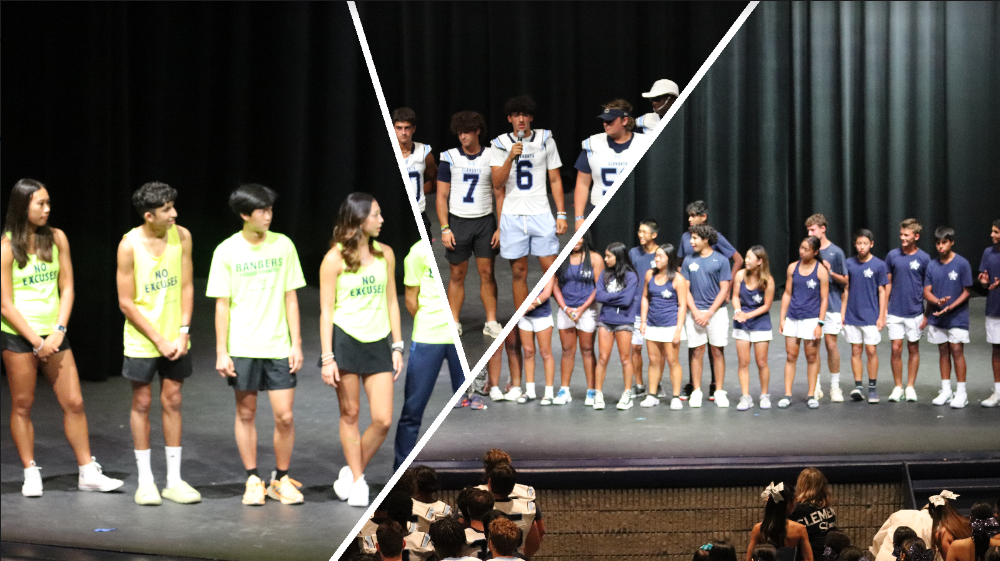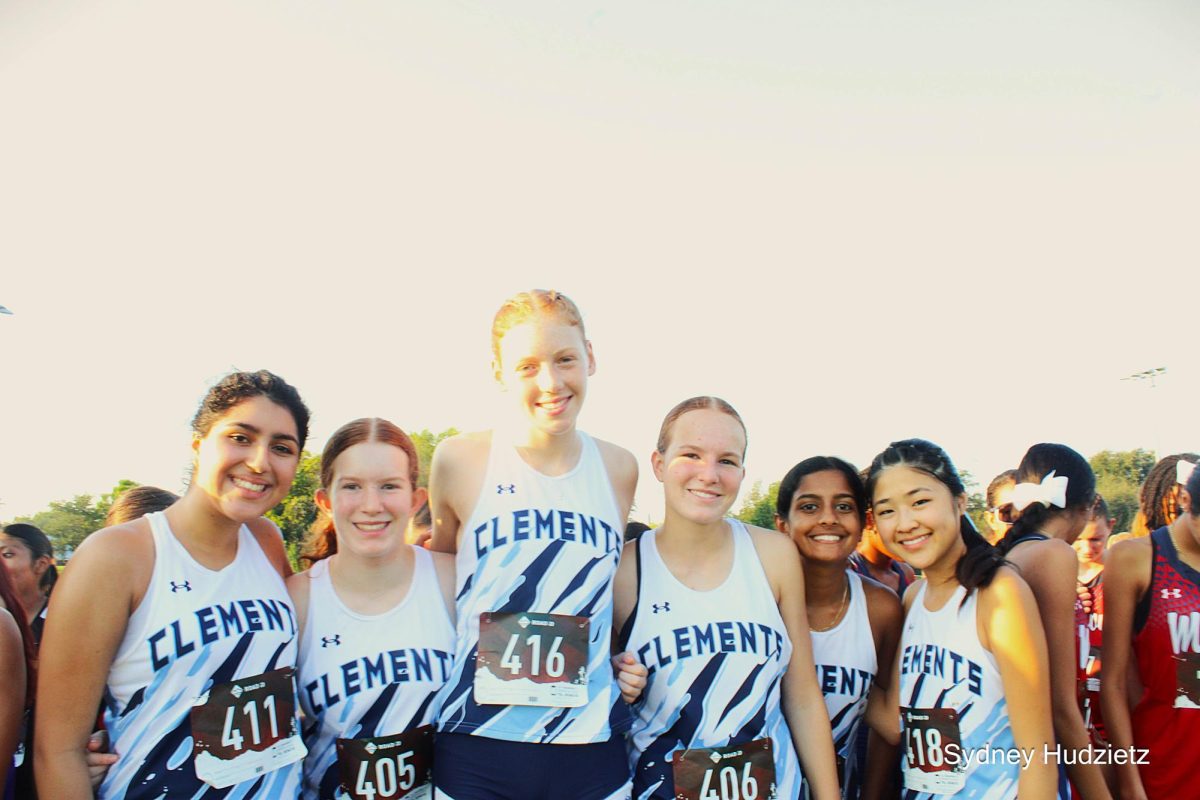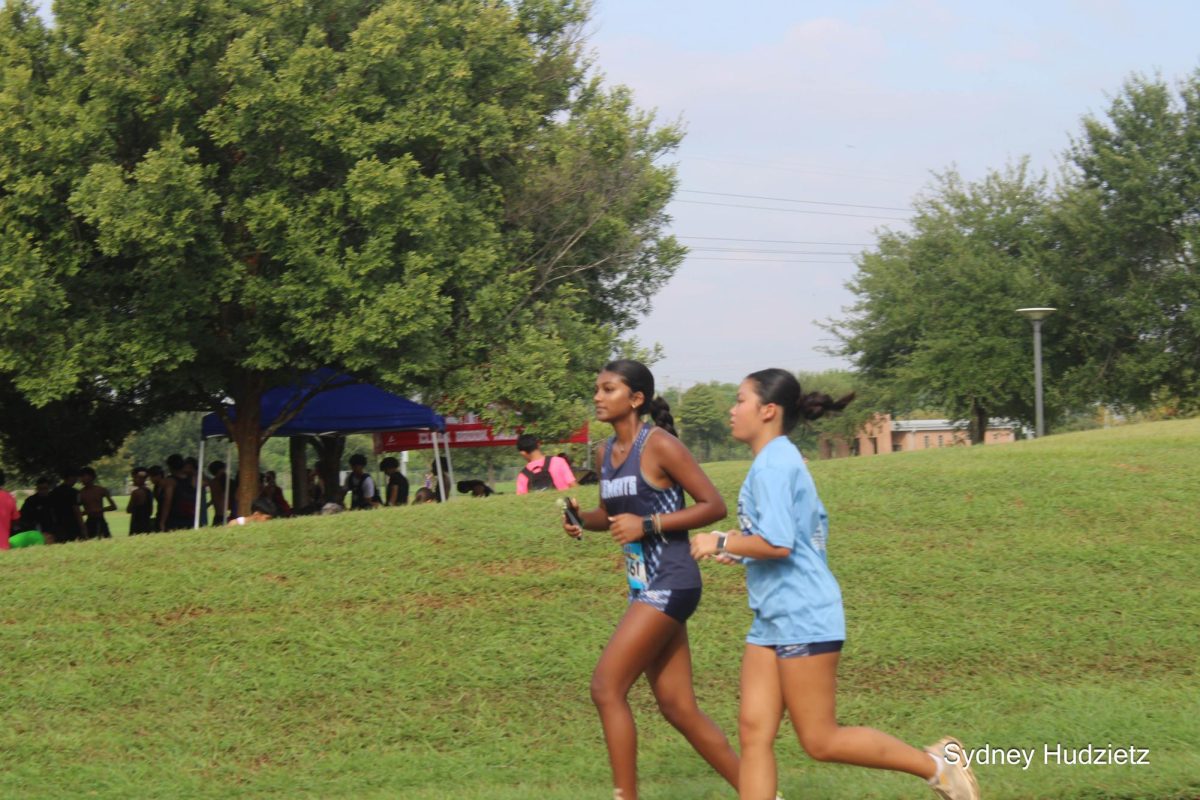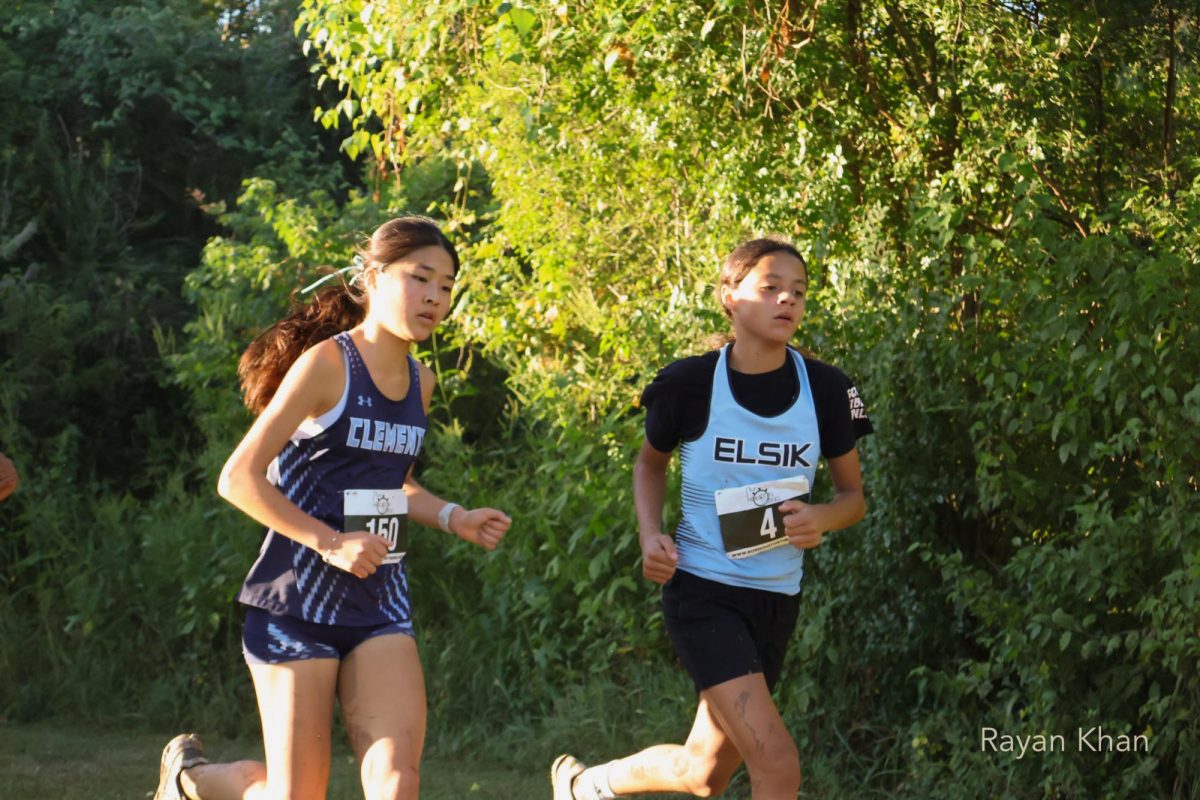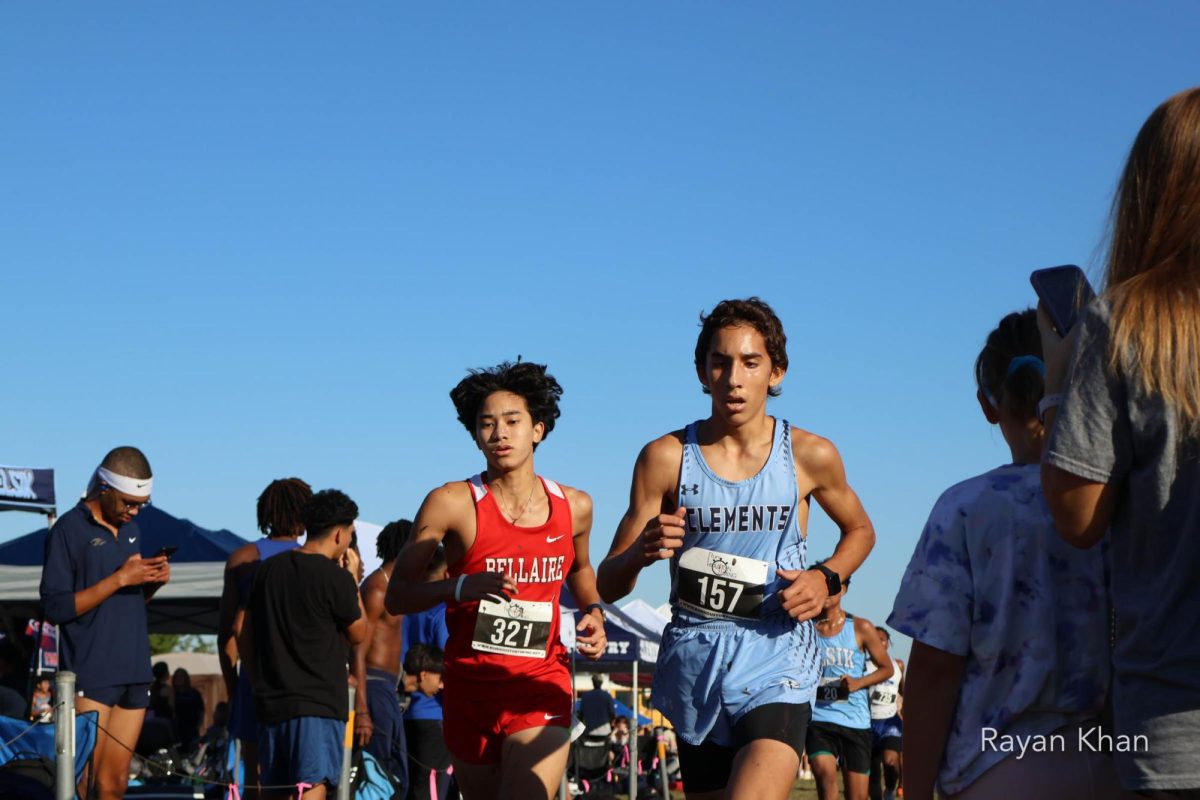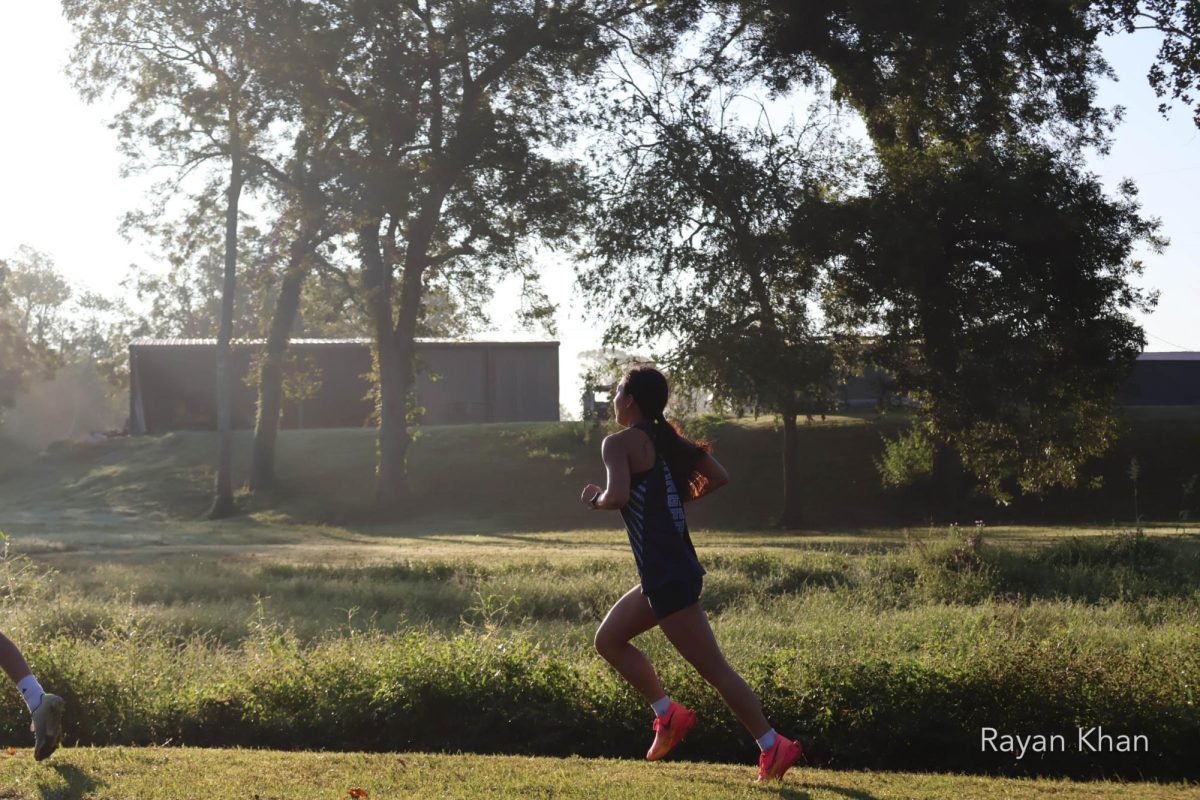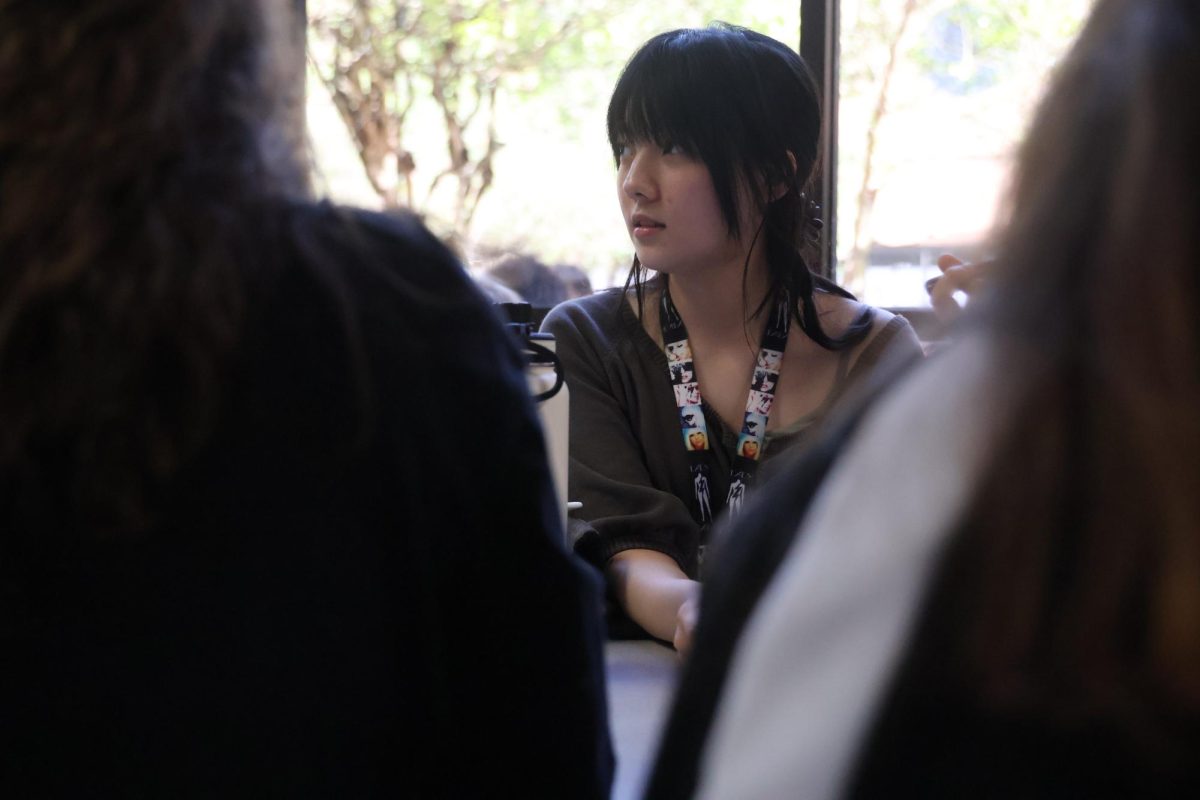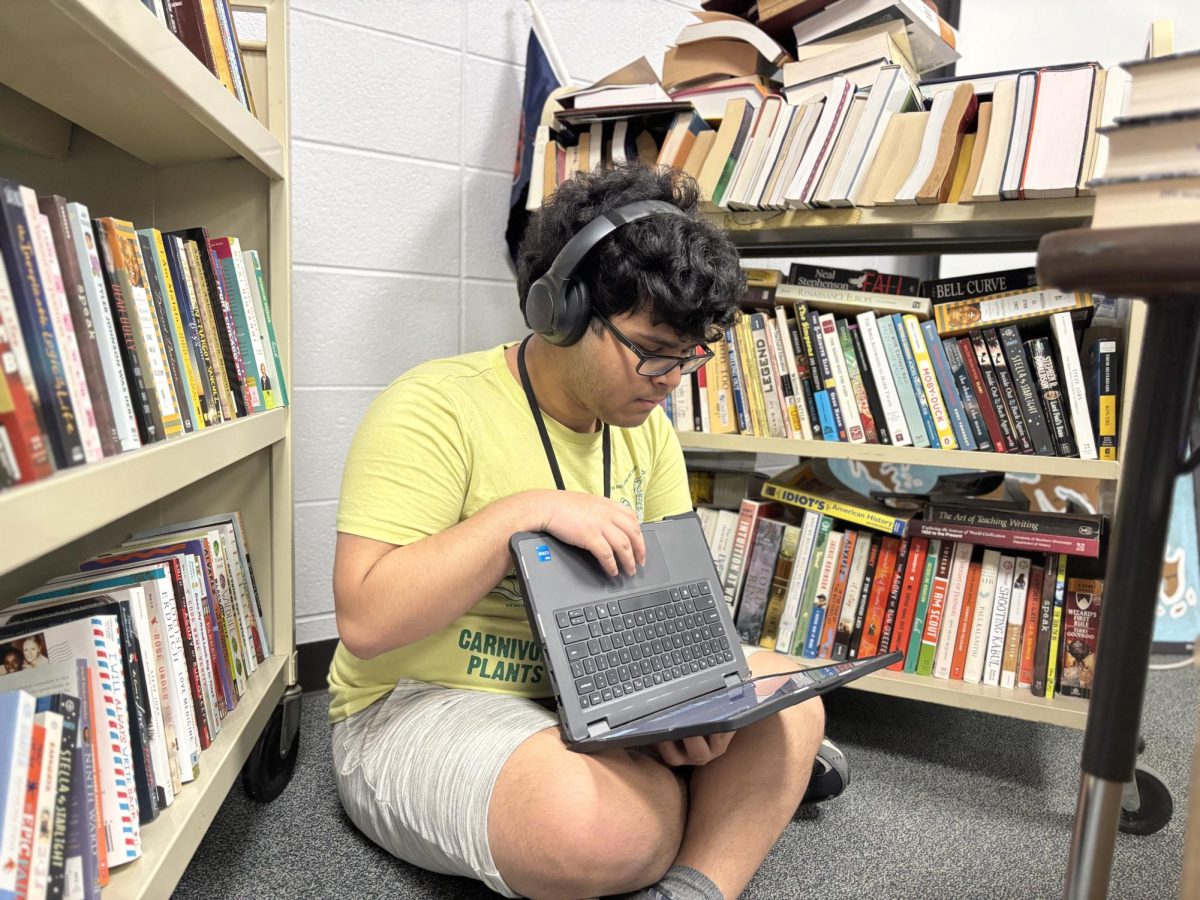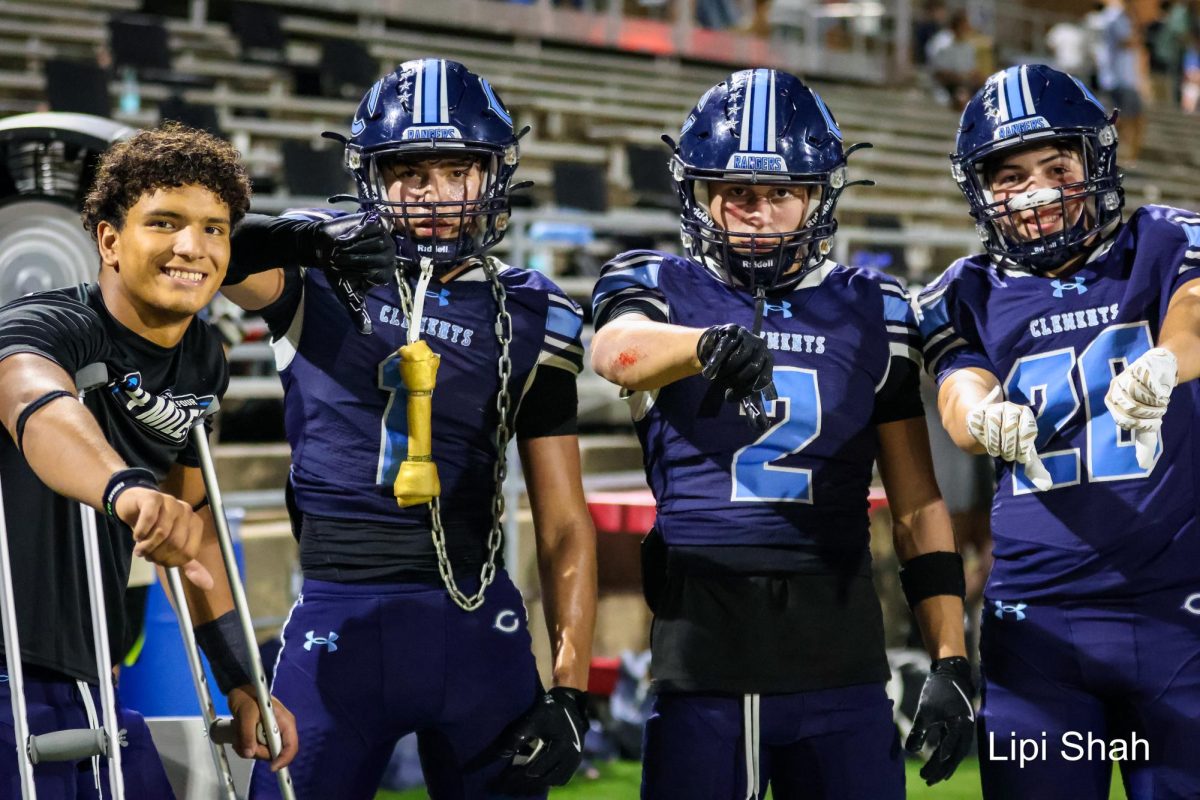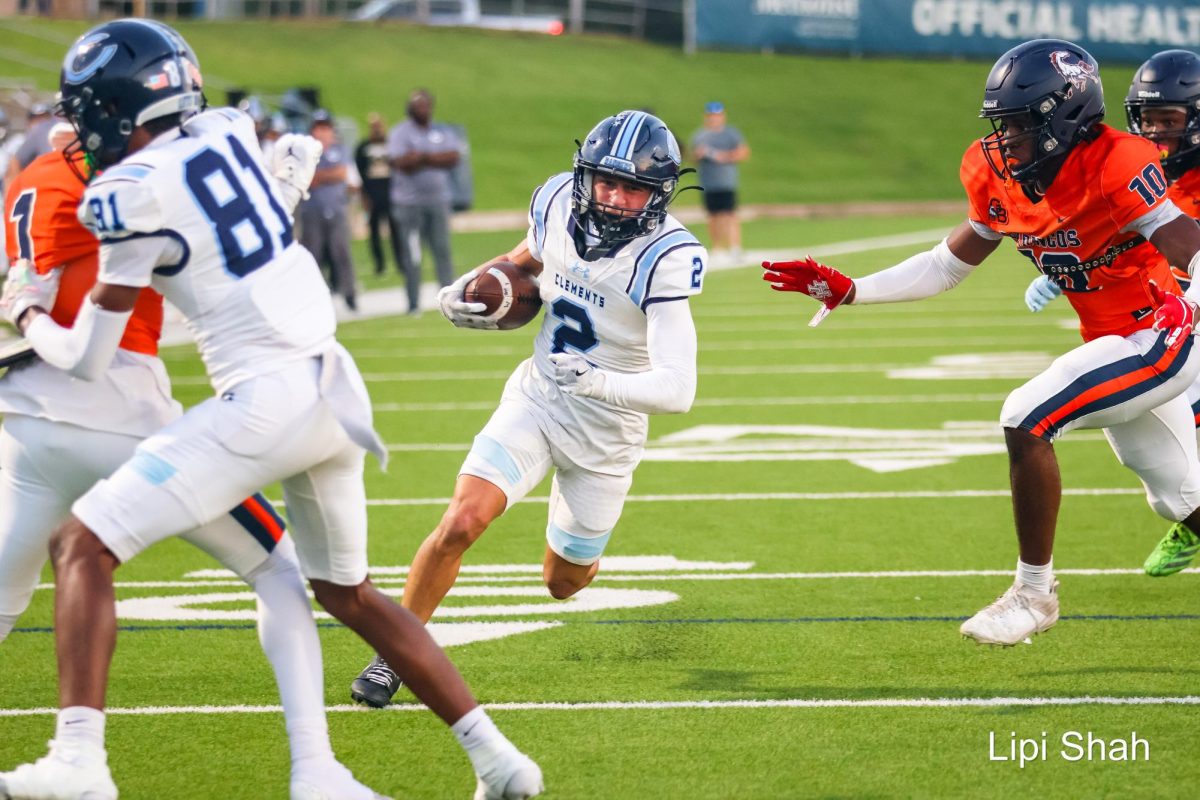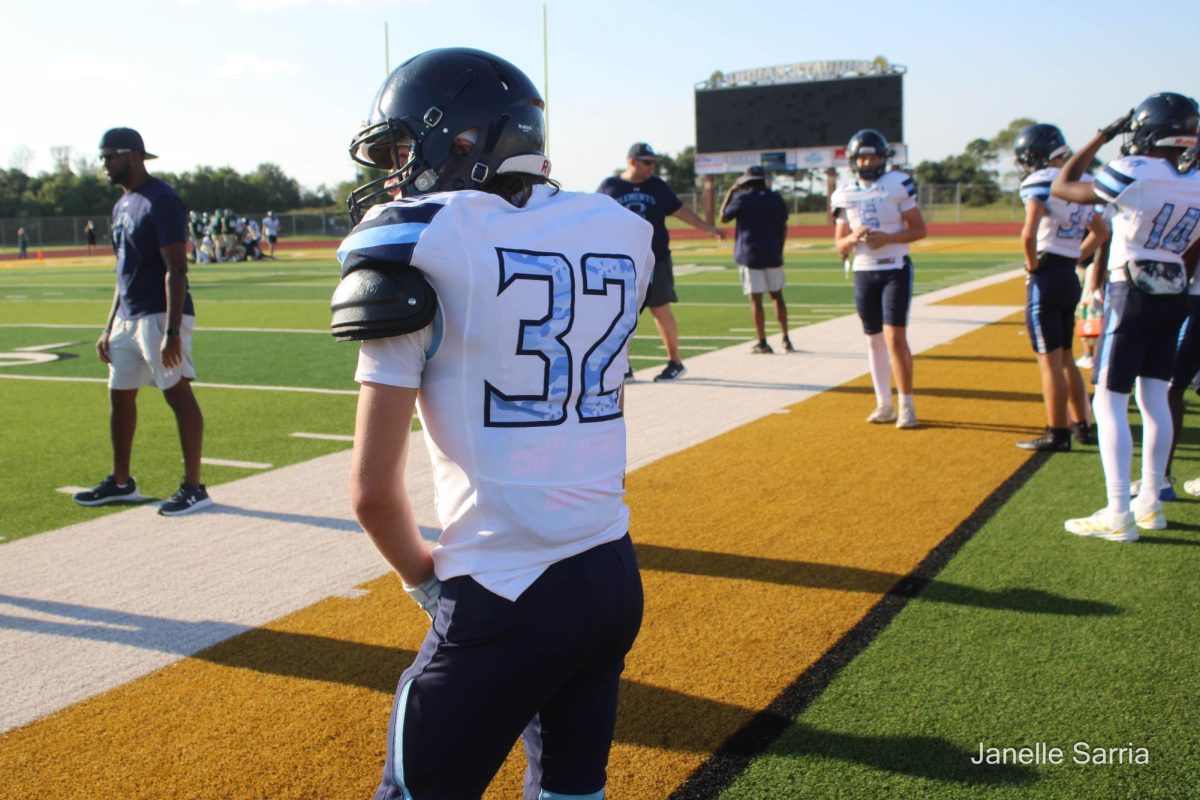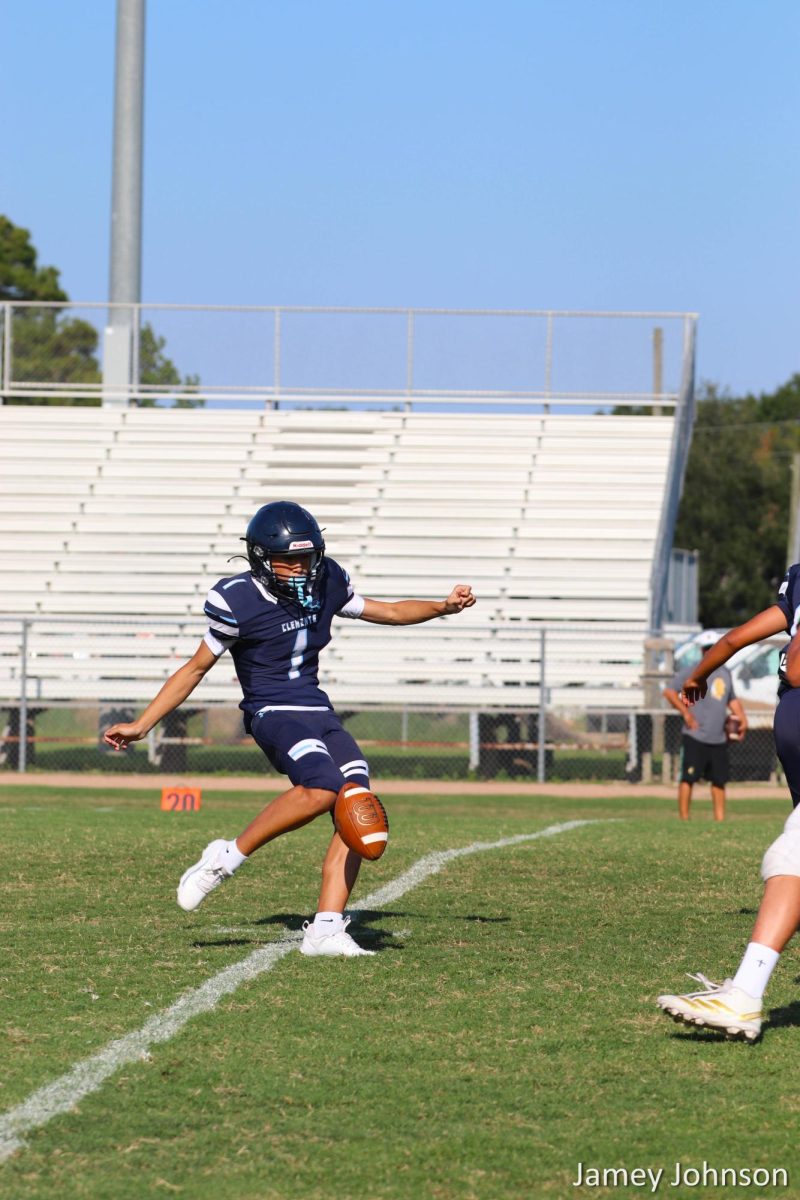Extreme heat is forcing athletic teams to make adjustments as outdoor fall sports – football, tennis, and cross country – begin their seasons. Unprecedented high temperatures are not only a nuisance but also pose health threats, resulting in adjustments to safety guidelines.
Ultimately, the heat has been attributed to climate change, serving as an alarm bell for action on the global climate crisis.
Making changes
“We’ve done our best to try to avoid [the heat],” Athletic Coordinator and Football Coach Bobby Darnell said.
The football team started practice on Aug. 7, holding their first two practices in the morning, then three practices in the gym after the start of school. To help determine when it is necessary to hold indoor practices or postpone practices instead of the typical outdoor ones, all athletics have been using a new system outlined in this year’s district heat guidelines.
“We keep a close eye on the Wet Bulb Globe Temperature and the heat index also,” Athletic Trainer Glen Stroech said.
Also known by its acronym, WBGT, the Wet Bulb Globe Temperature must be taken fifteen to twenty minutes before any outdoor practice and monitored throughout. The WBGT accounts for air temperature, humidity, sun exposure, and wind speed to create a temperature that falls into one of five phases, ranging from green (phase one) to black (phase five).
Green, or a WBGT of 82*F or less, means normal activities can be conducted, with 3 separate 3-minute rest breaks each hour. At Black, or a WBGT of 92.1*F or higher, no outdoor practices may be conducted.
“We actually had the opener of our season against George Ranch and we couldn’t actually start the match until seven o’clock, which we normally start around three thirty,” Tennis Coach Brett Bernstein said. “It takes a little time to kind of move through that match, so we didn’t get back until eleven o’clock.”
For both football and tennis, waiting until outdoor conditions move out of phase five of the WBGT has meant moving practices around to avoid the triple-digit heat of the afternoon. The football team practices during their period but, like tennis, has moved practice to later in the evening and has also instituted early morning practices.
“I think that we’re definitely working around the heat and we’re just trying to better as much as we can,” senior football player Jack Johnson said. “Even off the field, we’re all watching film, we’re all studying the playbook, so we’re just trying our best, and I feel good, and it’s gonna be hot, but we’re gonna be good.”
The cross country team is also continuing their morning practice schedule.
“Right now, the practices, the mornings have been working well for us,” Cross Country Coach Patrick Krall said. “Just about the time we’re finishing up is when it starts to get a little bit hot, so by the time we’re doing a little less strenuous things, like working core or stretching, that’s about the time it starts to get a little hotter.”
Still, mornings and evenings are not impervious to the extreme heat. The cross country team’s first meet of the year had to be moved even earlier in the morning, with team members arriving at school by 4:50; the football team is on the field by 5:50 for their morning practices.
Further, additional precautions are being taken to ensure that the athletes are safe while outside.
“We provide unlimited water, we provide cold sponges for the players, and we also give breaks to our players and the players can get water at any time when they’re working out,” Stroech said.
As the WBGT increases, rest breaks are required to increase in duration and frequency and uniform requirements are relaxed. For instance, football team practices without shoulder pads when the temperature outside makes them too much of a hindrance.
“I think we’re definitely living [in] an unprecedented time, where we’ve got to make sure that we can’t have archaic or old-school thinking,” Darnell said. “We have to think about our kids and knowing that we have to take care of them first and foremost; their safety is our priority.”
The tennis team is mirroring this idea; ahead of their first match, Bernstein says the team “took a step back”, staying inside during their class period rather than heading outside to warm up.
“You’ve really got to kind of make sure that you’re being aware that you’re not just getting fried out there in the sun and make sure you’re hydrating,” Bernstein said. “Even if you feel like you don’t need to drink, you probably need to take one regardless. It definitely takes its toll on you.”
The toll it takes
With high heat comes great danger to those outside. This is especially true with temperatures consistently reaching 100°F- 106°F, even after the peak of summer and into the later part of August.
According to Climate Central, a “feeling temperature” from 90°F-103°F poses a serious danger for people outdoors, especially athletes. When temperatures reach this point, the possibility of heat-related illnesses like heat stroke, heat exhaustion, cramps, and dehydration shoots up dramatically.
“Heat illness is one of the most dangerous things we have in athletics and football, especially in the early fall,” Stroech said. “This is the hottest season I’ve ever seen since I’ve been doing this, over all these years.”
The body’s method of cooling itself down during strenuous activity is sweating. However, when the humidity remains high year-round in places like Texas, Louisiana, or Florida, the sweat the body accumulates cannot evaporate, preventing the body from cooling down and further increasing the risk of heat-related ailments.
“The first day that we have practice where we really feel the heat, I felt really dehydrated,” senior football player Ife Adedeji said. “Barely into practice, first ten minutes, of just stretching, not even like actual hitting, I felt dehydrated.”
Measures taken to avoid the heat are not foolproof; even in the early morning or evening, high temperatures prevail. According to the Weather Channel, morning temperatures only briefly dip below eighty degrees Fahrenheit before climbing above one hundred degrees Fahrenheit in the afternoon and can stay there as late as 6-7 p.m.
“We are wearing their bodies down, I mean it’s a lot,” Darnell said.
The effects of earlier and later practices and meets also have consequences beyond their physical impact; cross country team member Aashreeti Deo says that she is “really tired” for the rest of the day following morning practice.
“Mentally, it’s a lot draining and physically it’s draining because the workouts get harder because it’s hot,” Deo said. “We can’t exactly get water, for example, on long run days where we go off campus. We can’t get water in the middle of the workout no matter how thirsty you are. Just being in the heat for so long makes it harder to want to pay attention in class after.”
It’s not just athletes, either; even people who walk or bike to school are impacted by extreme heat.
“Every year it kind of gets hotter, and every year it gets harder to bike, and every year after biking it takes longer to cool down,” sophomore Geoffrey Zuo, who regularly bikes to school, said. “It’s kind of ruined it for me. I used to bike for fun, now I don’t. “
And yet the extreme heat has also exemplified the unique endurance of students, whether athletes or not. Zuo says he “powers through” the heat and Adedeji says his attitude toward playing is largely the same.
“It’s still the same, come out, get as much work done as possible in the time frame that we’ve been given, and just keep the same work ethic that we’ve always had,” Adedeji said.
Connection to climate change
Experienced coaches and athletes alike reflect that this summer feels hotter than ever, and their instinct is backed by science. According to NASA, July 2023 was the hottest month on record since 1880.
“As somebody who’s been around football all my life, from being a First Colony Bobcat, Clements Ranger, Baylor Bear, and throughout my career coaching, I can’t recall this magnitude and feeling when you outside at certain times of the day,” Darnell said. “It’s something that I think is not like anything we’ve ever experienced.”
This July’s heat, according to the World Weather Attribution, would have been “virtually impossible” without human-induced climate change.
“I think that we all feel [climate change],” Jack Johnson said. “I think that it’s definitely more personal. I think it’s hard for us to imagine what we could do individually, but I would like to see Clements do more volunteering stuff schoolwide to try to help the environment.”
Without rapid measures to combat the climate crisis, similar heat waves will grow in frequency, intensity, and duration, something that could potentially require systemic changes in how outdoors athletics are conducted.
“If this were to repeat over and over again we would have to resort to all rehearsals being either in the morning or at night and in our current setup that’s simply not feasible,” Jeff Johnson said.
Stroech adds that it may also be necessary to add an indoor workout area for the football team should climate change continue to make summers hotter and hotter. For some athletes, seeing the impacts of climate change play out has made the issue feel closer to home.
“I definitely did think that it was more of a problem to be dealt with later in the future but now, dealing with everything, especially since we live in Texas, I’ve realized how much it really affects me specifically,” Deo said.
Working to protect the environment and combat the climate crisis would be a crucial step in the other direction, one that would require a worldwide effort to stop burning fossil fuels, but would protect students now and those in future generations.
“I would say it’s really more personal to me, but more so the Earth itself, like the environment – we have to take care of where we’re living if we want it to be here for the long term,” Adedeji said. “Just because it’s affecting me playing football and sports, I wouldn’t say [climate change’ is really more personal, but just because the Earth, she needs to be healthy for us to keep living here.”
Heading into the season
Despite the obstacle that extreme heat has presented to athletics so far, the outlook on the fall season is positive.
“I think it was a good first match,” Bernstein said. “Even though we got back late, everyone seemed in a positive mood. It was an exciting match.”
Abounding is a spirit of resilience; even as they contend with scorching temperatures, Bernstein and Darnell both remarked on the excellent turnout of new players. Whether as a nuisance or a warning, the heat has pushed athletes unequivocally forward.
“I feel confident that despite setbacks we might have had, we’ve always come back,” Adedji said. “Regardless of how we start, we know that we’re going to finish better than we’ve seen.”

